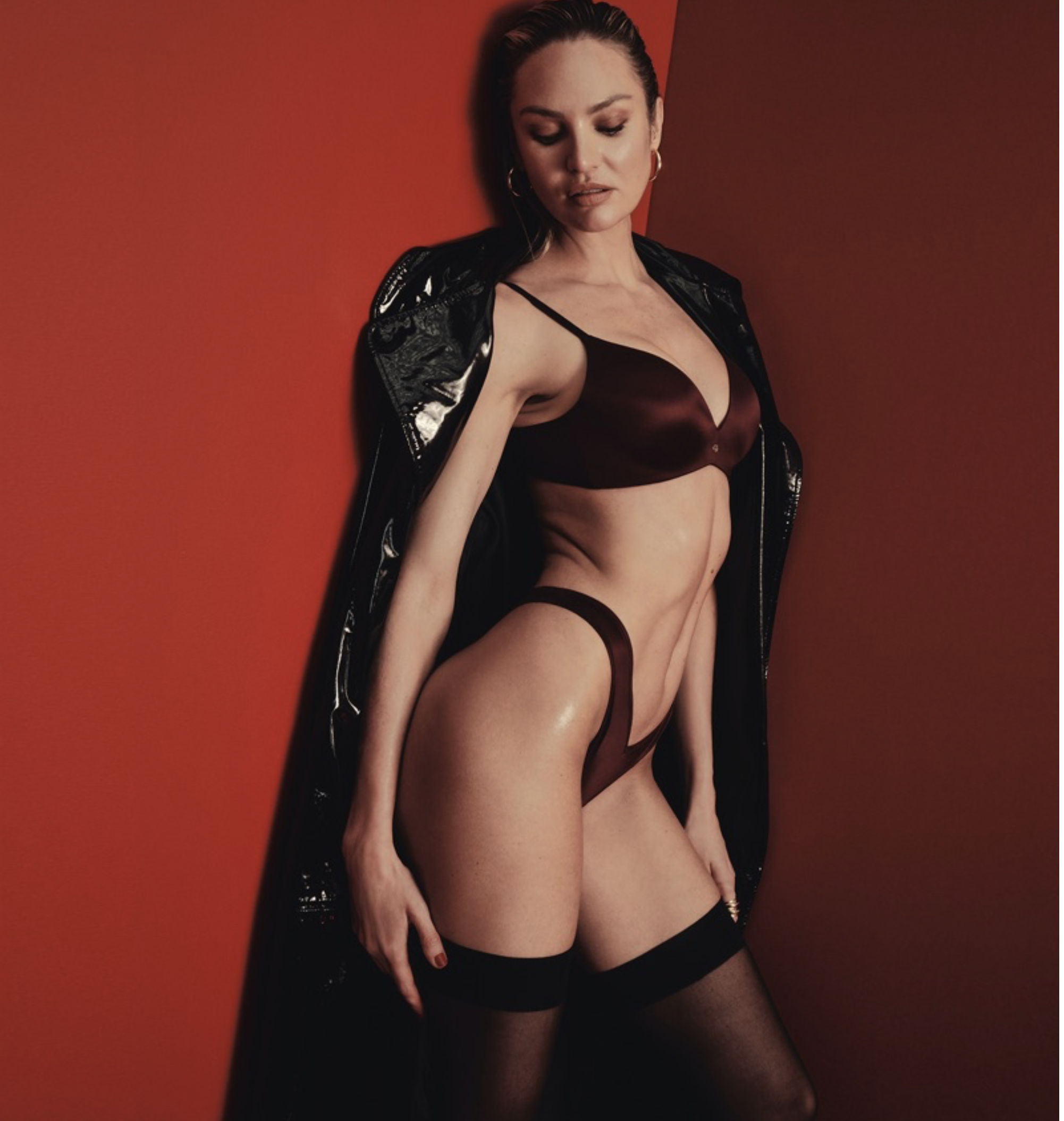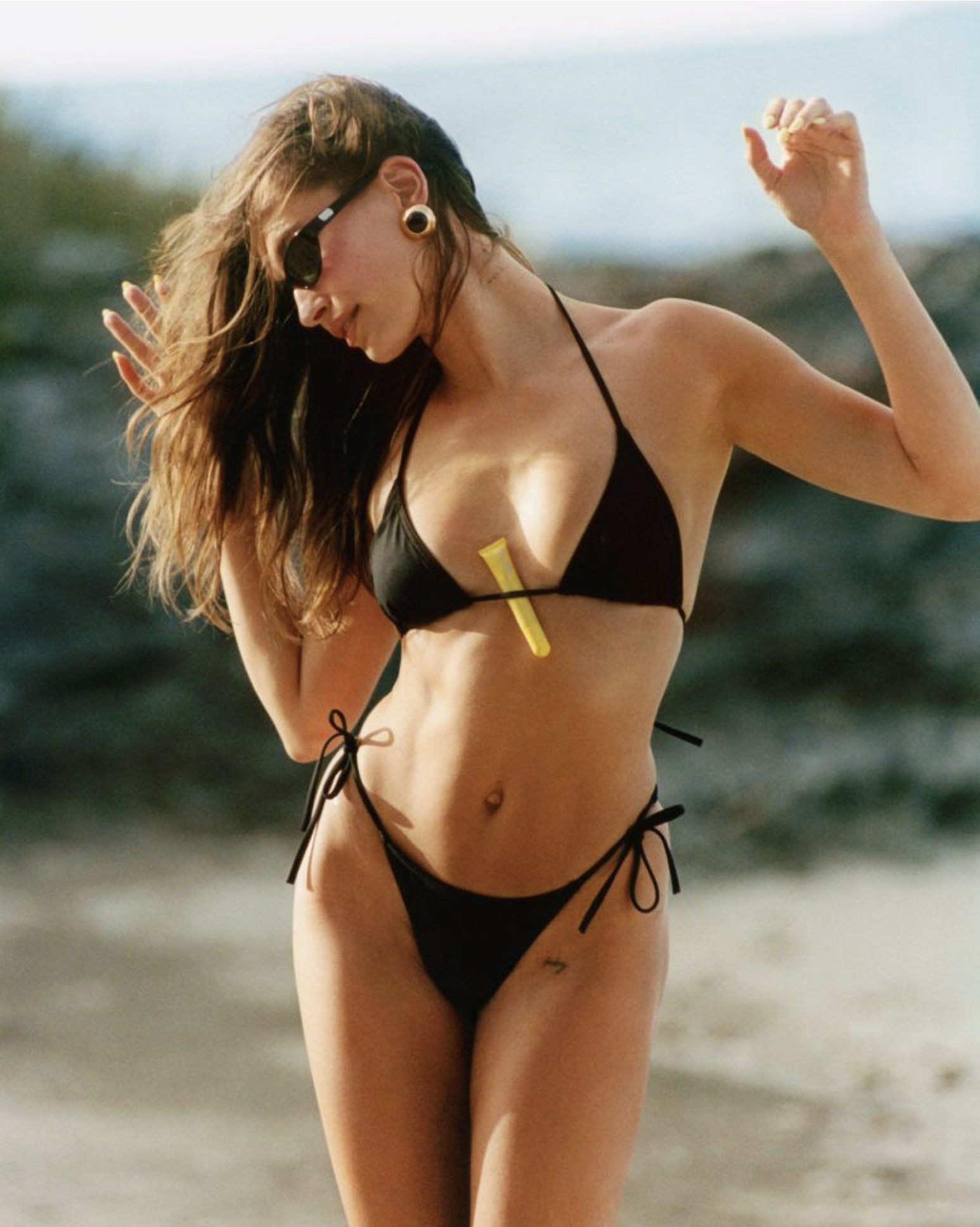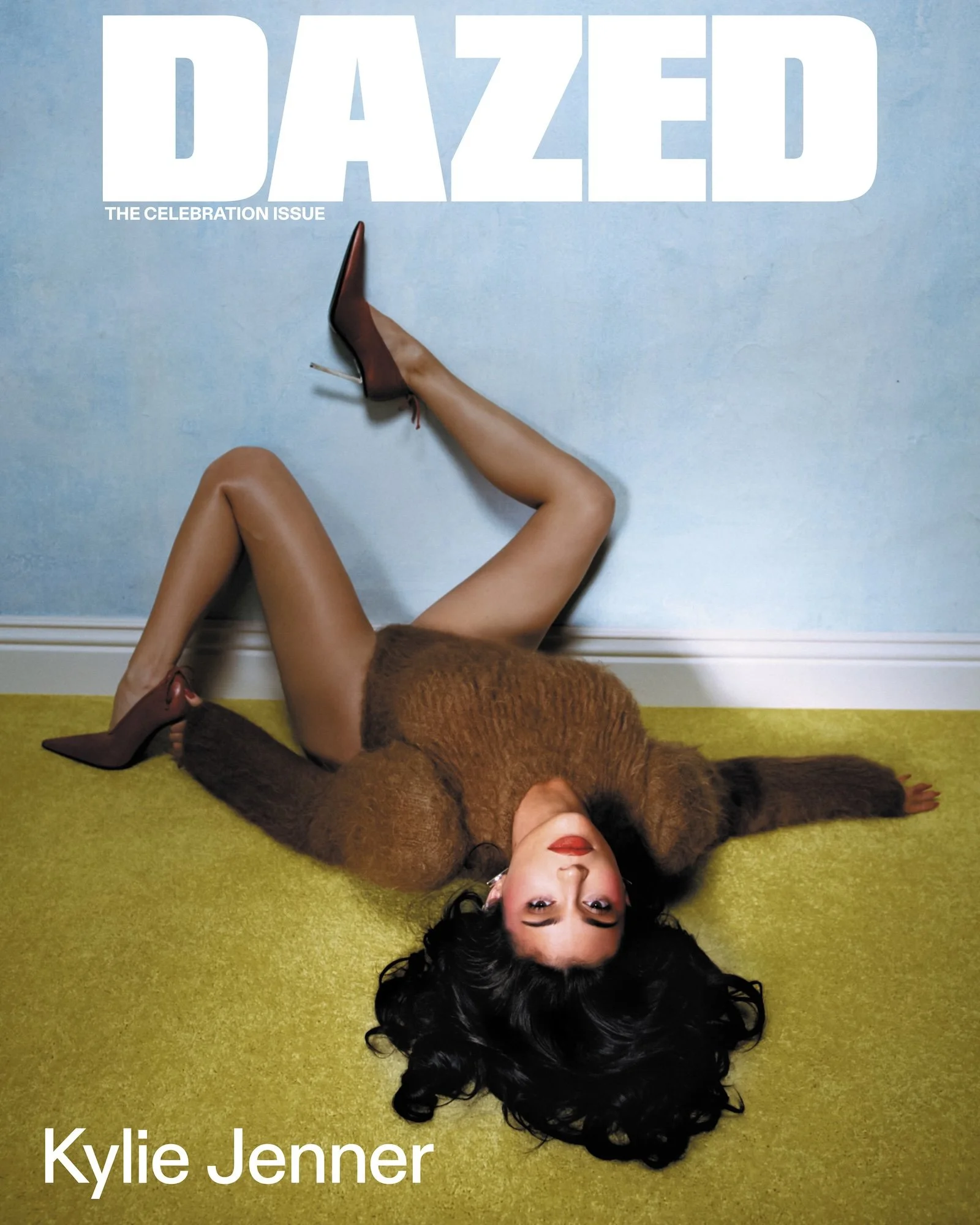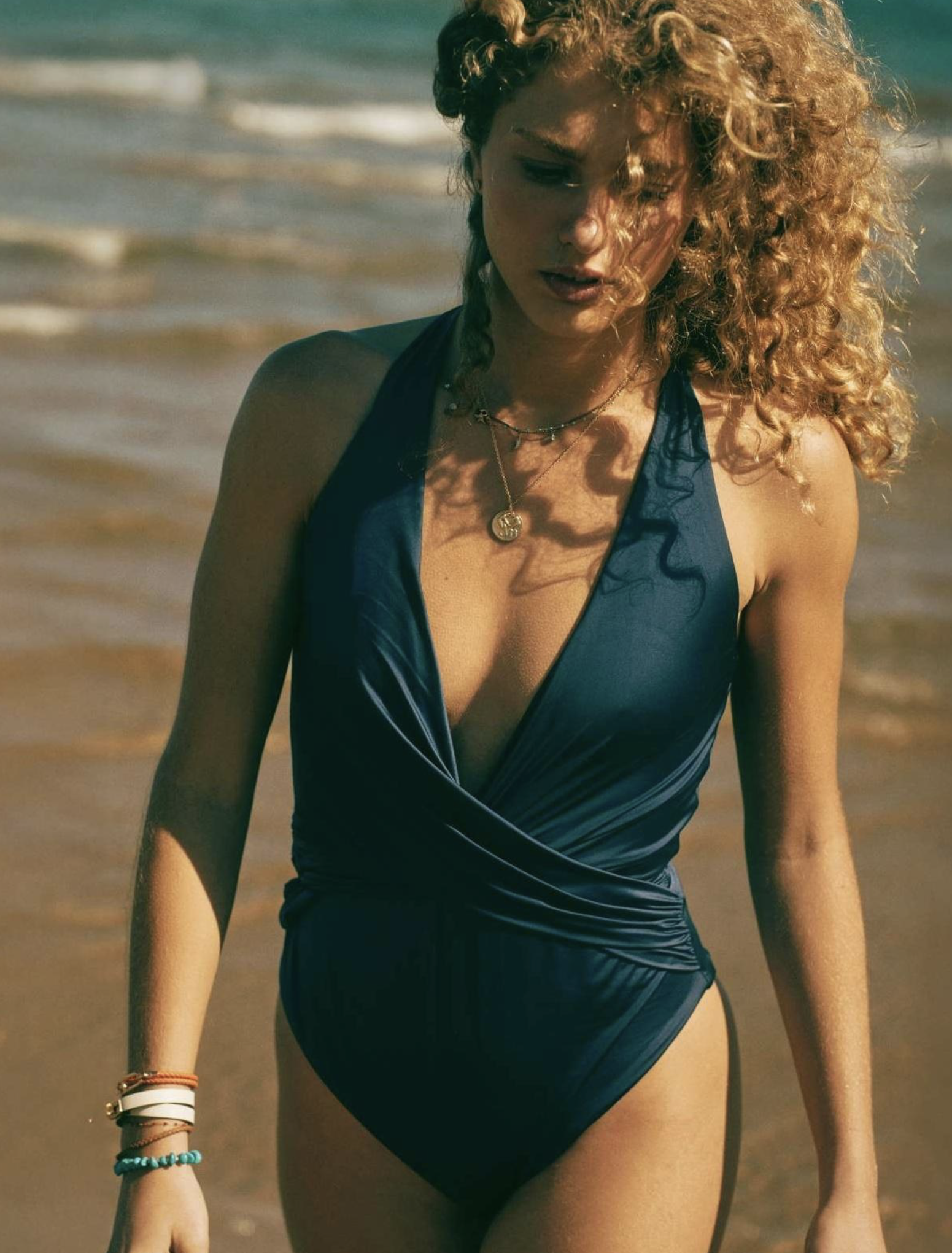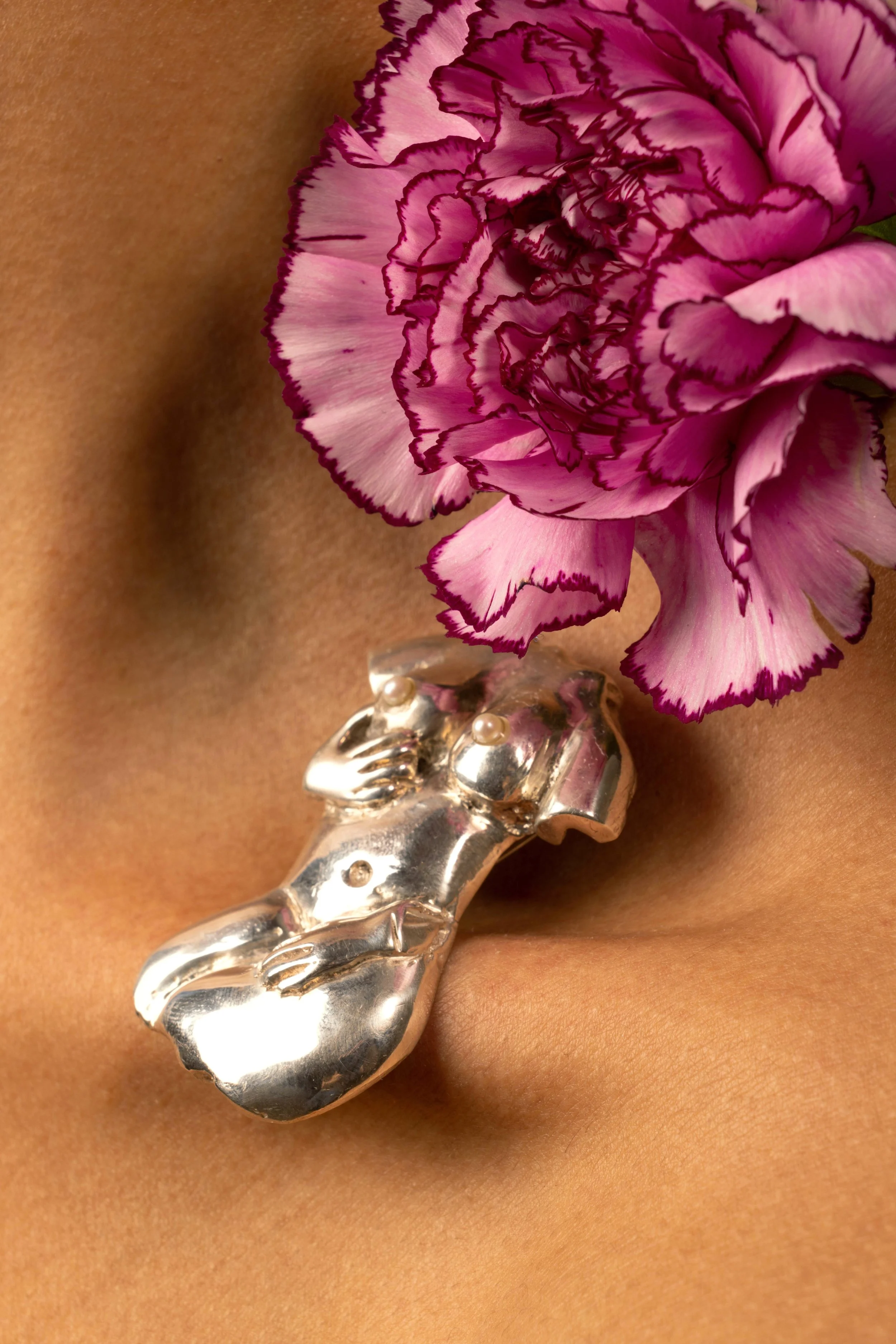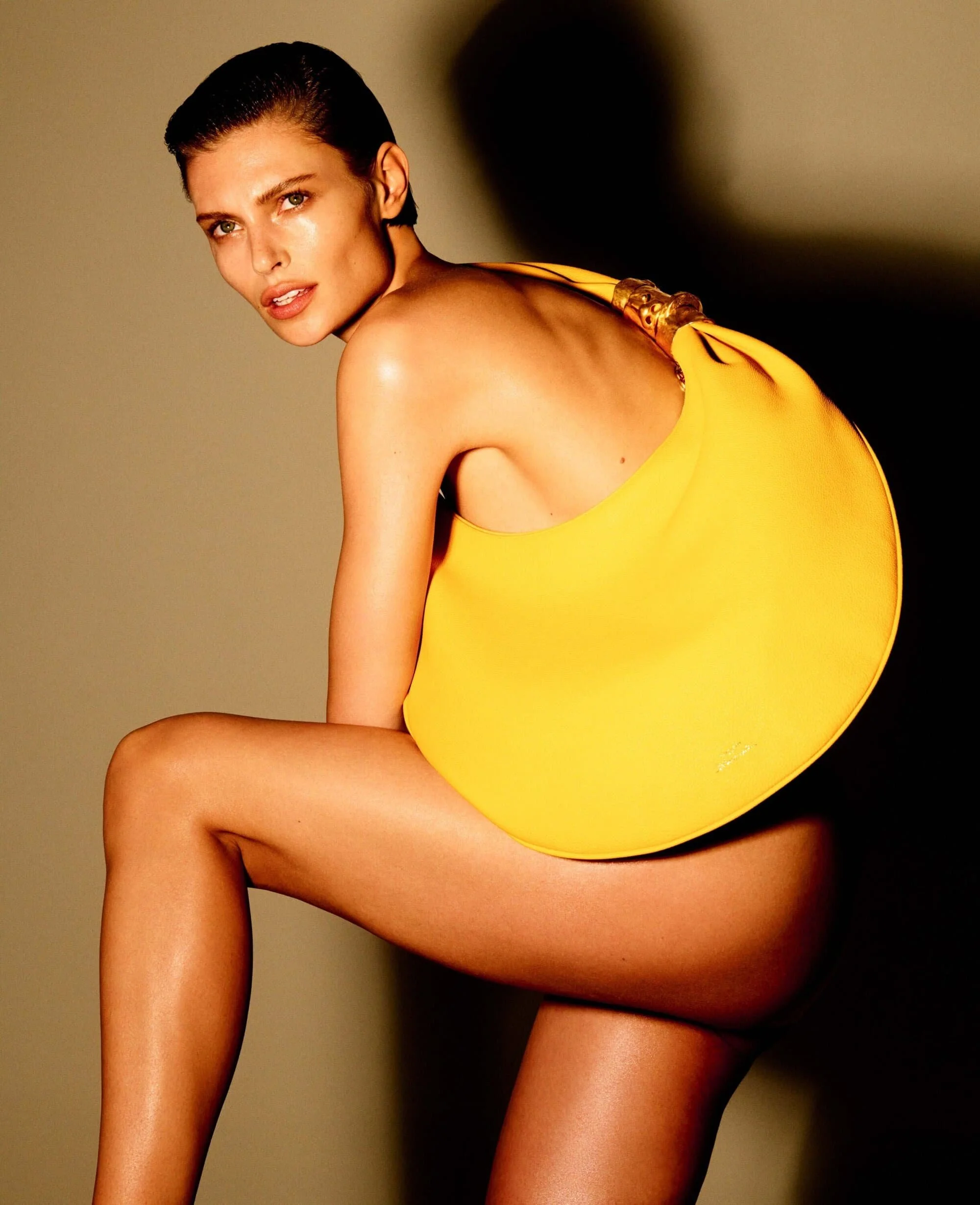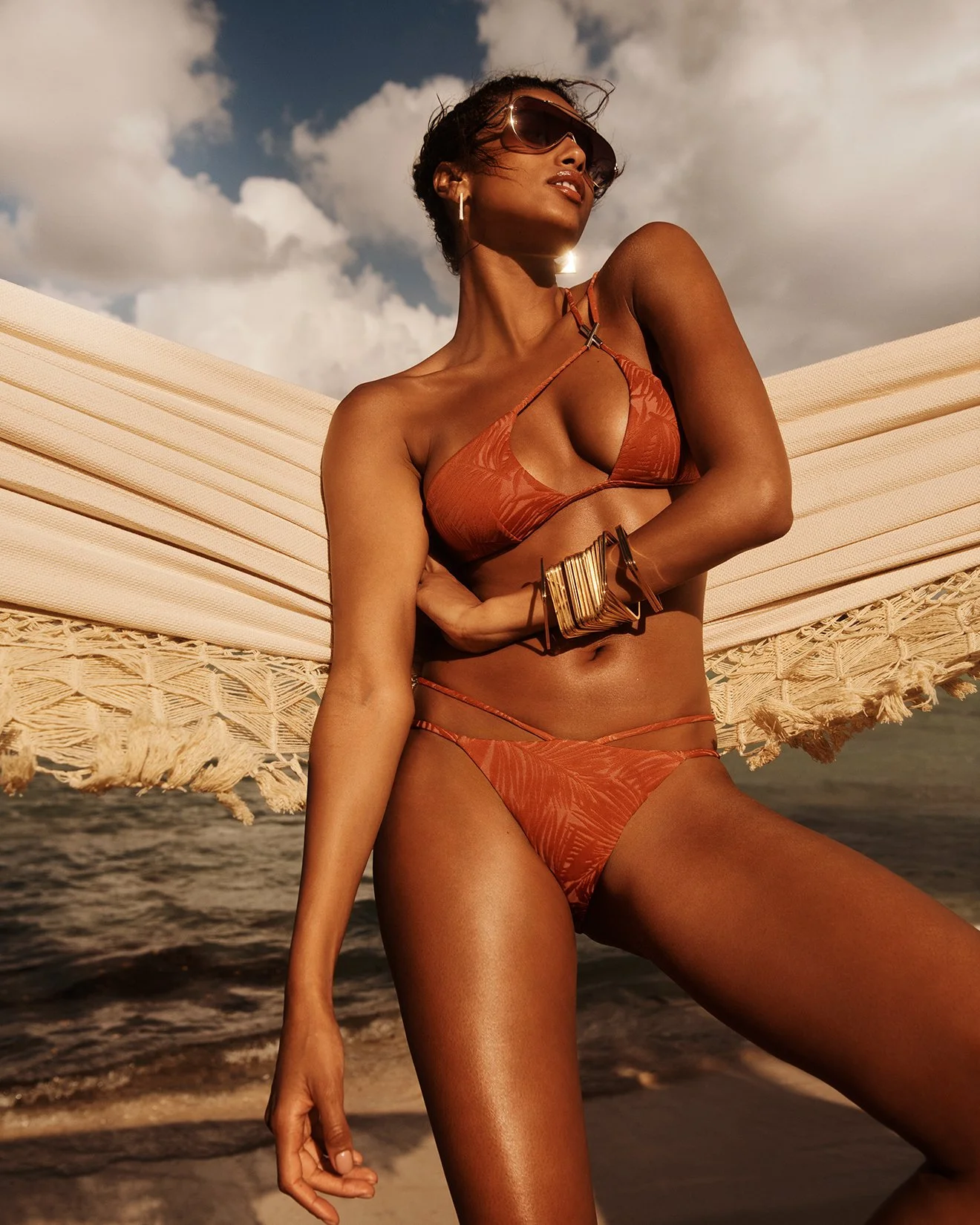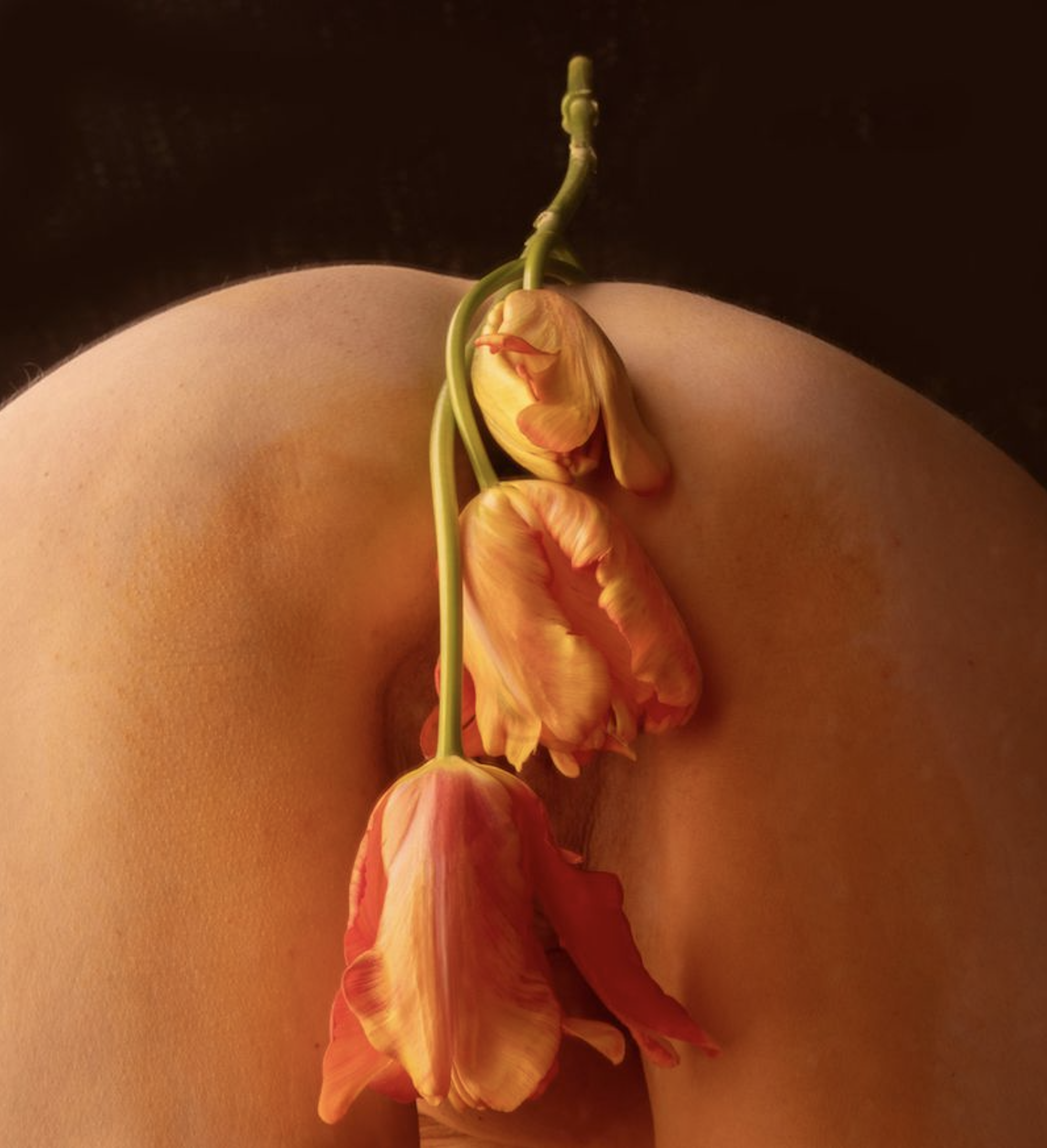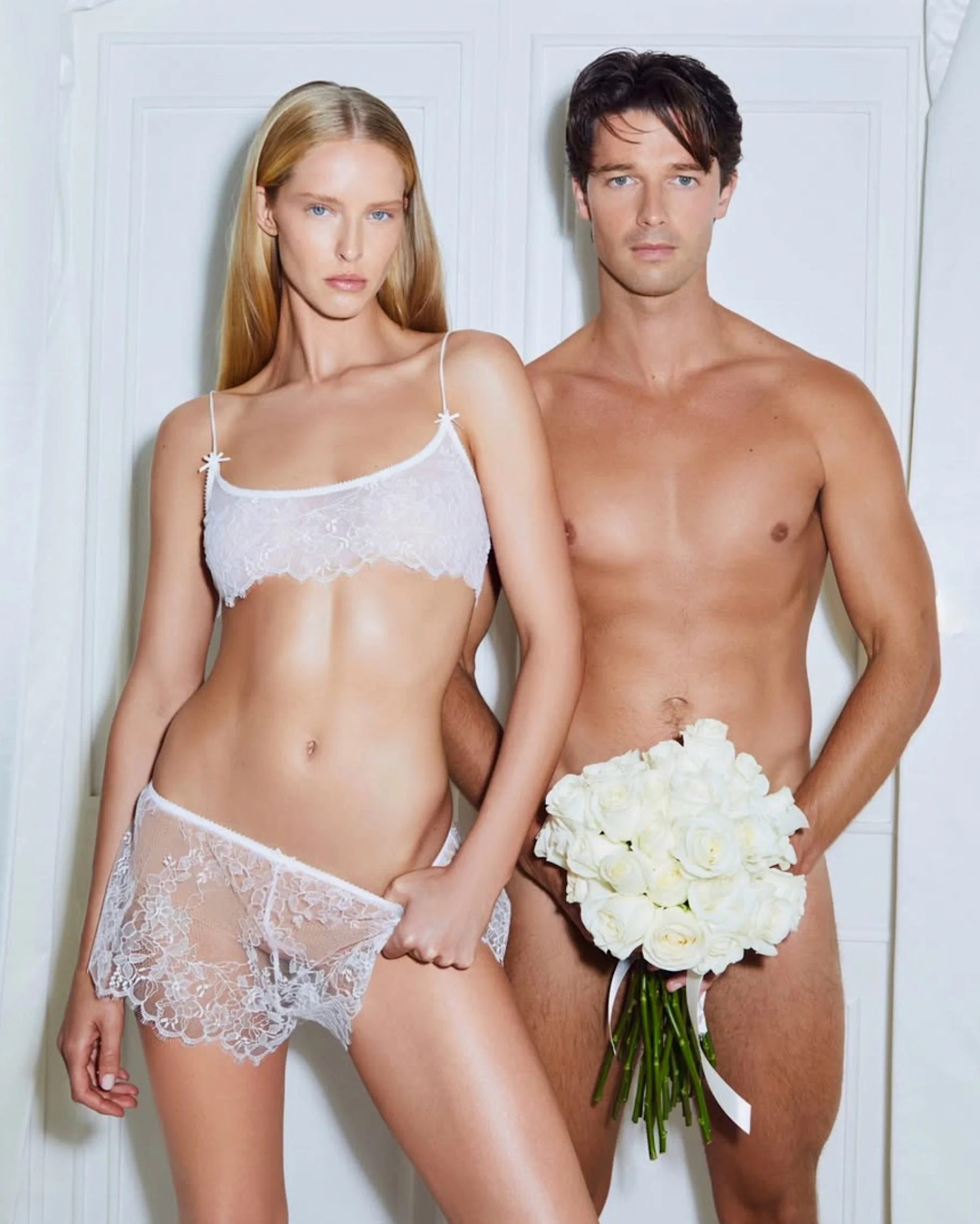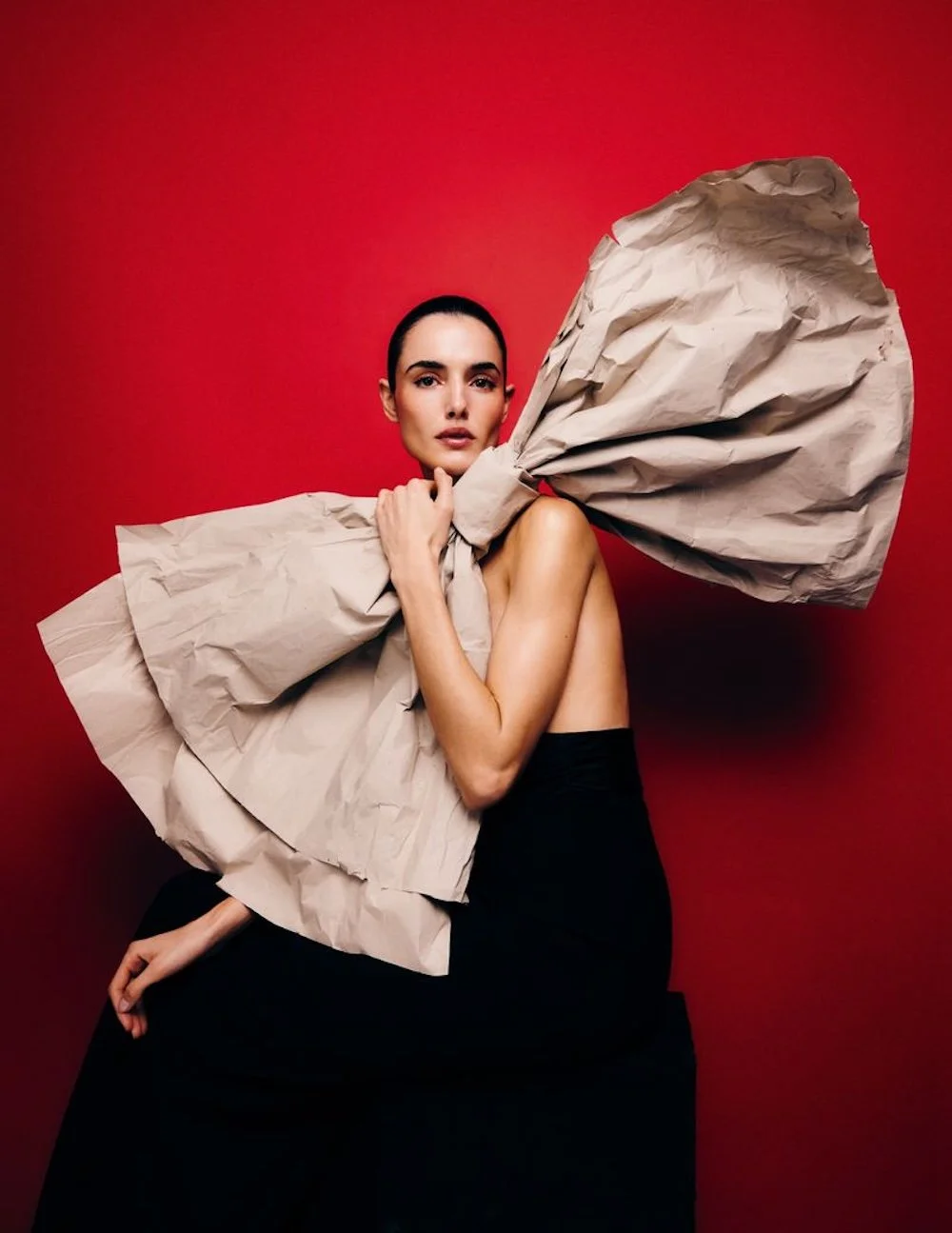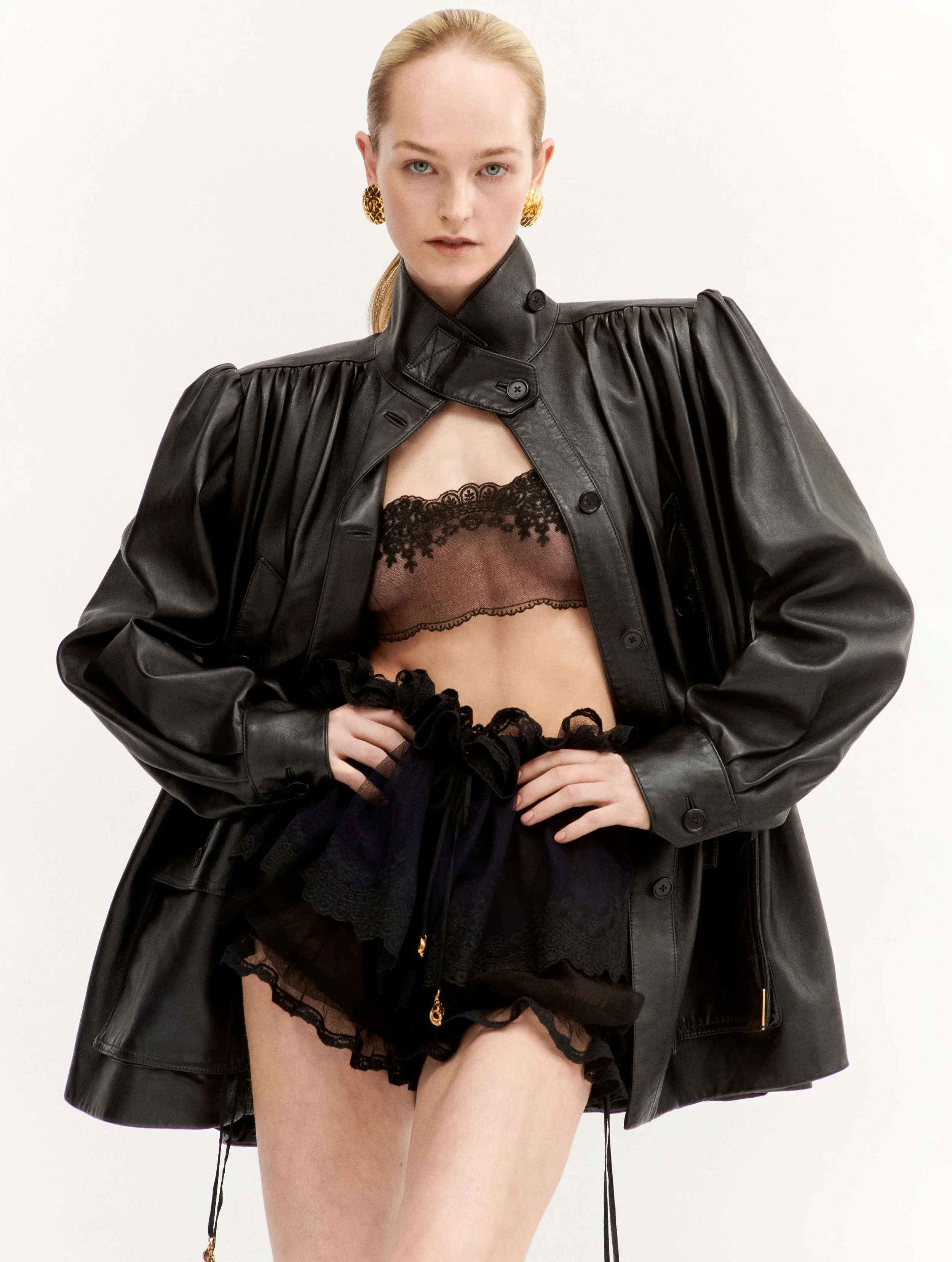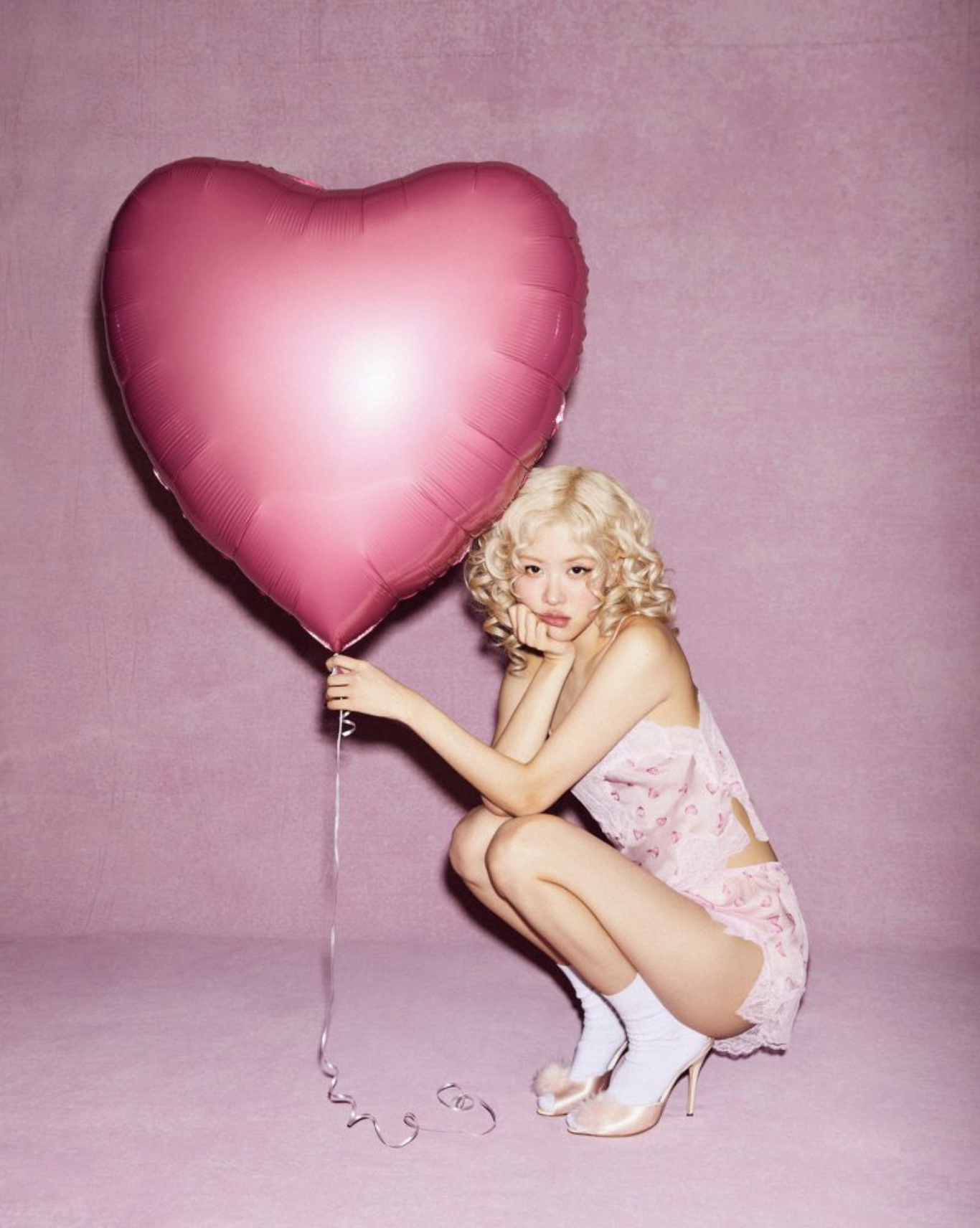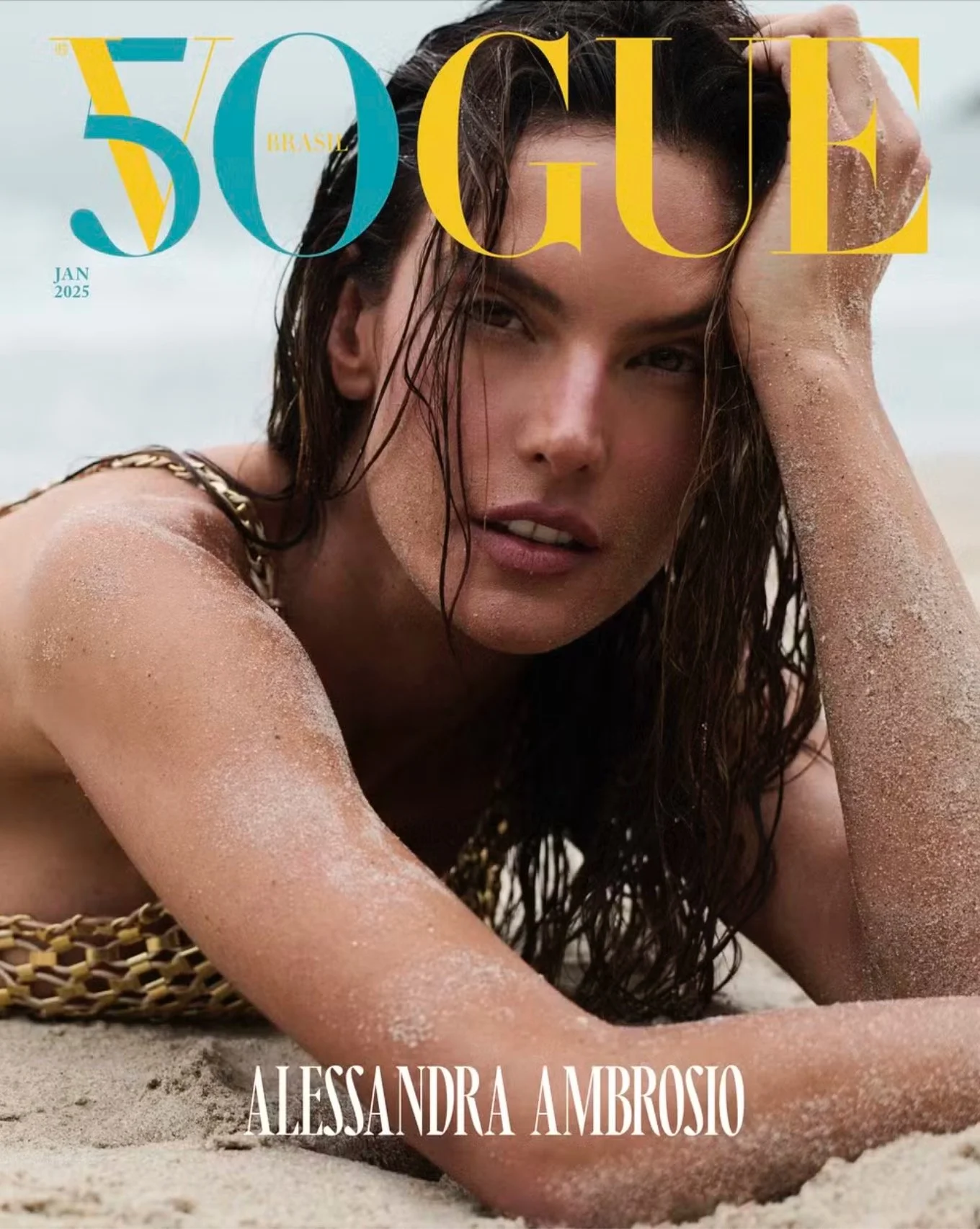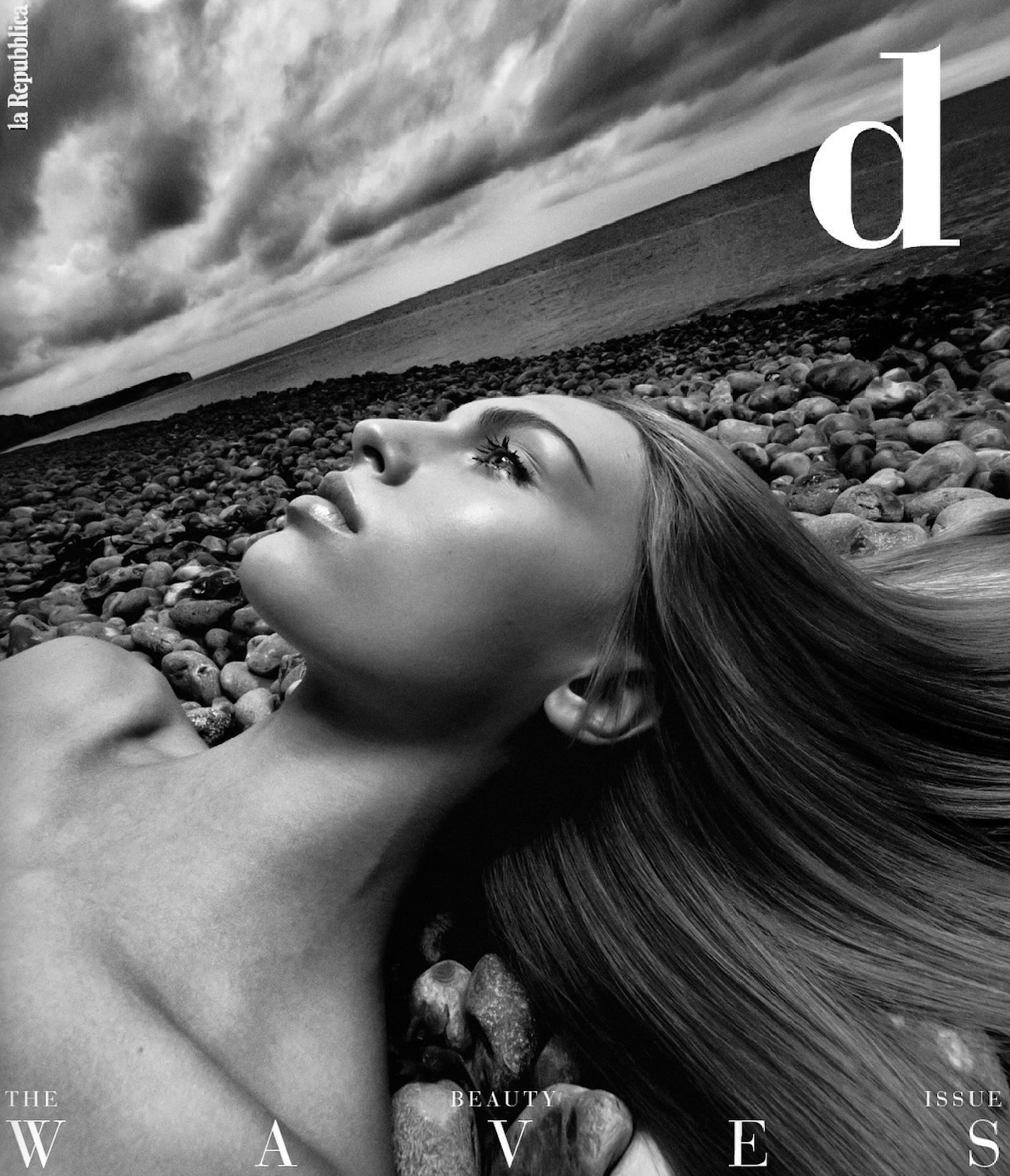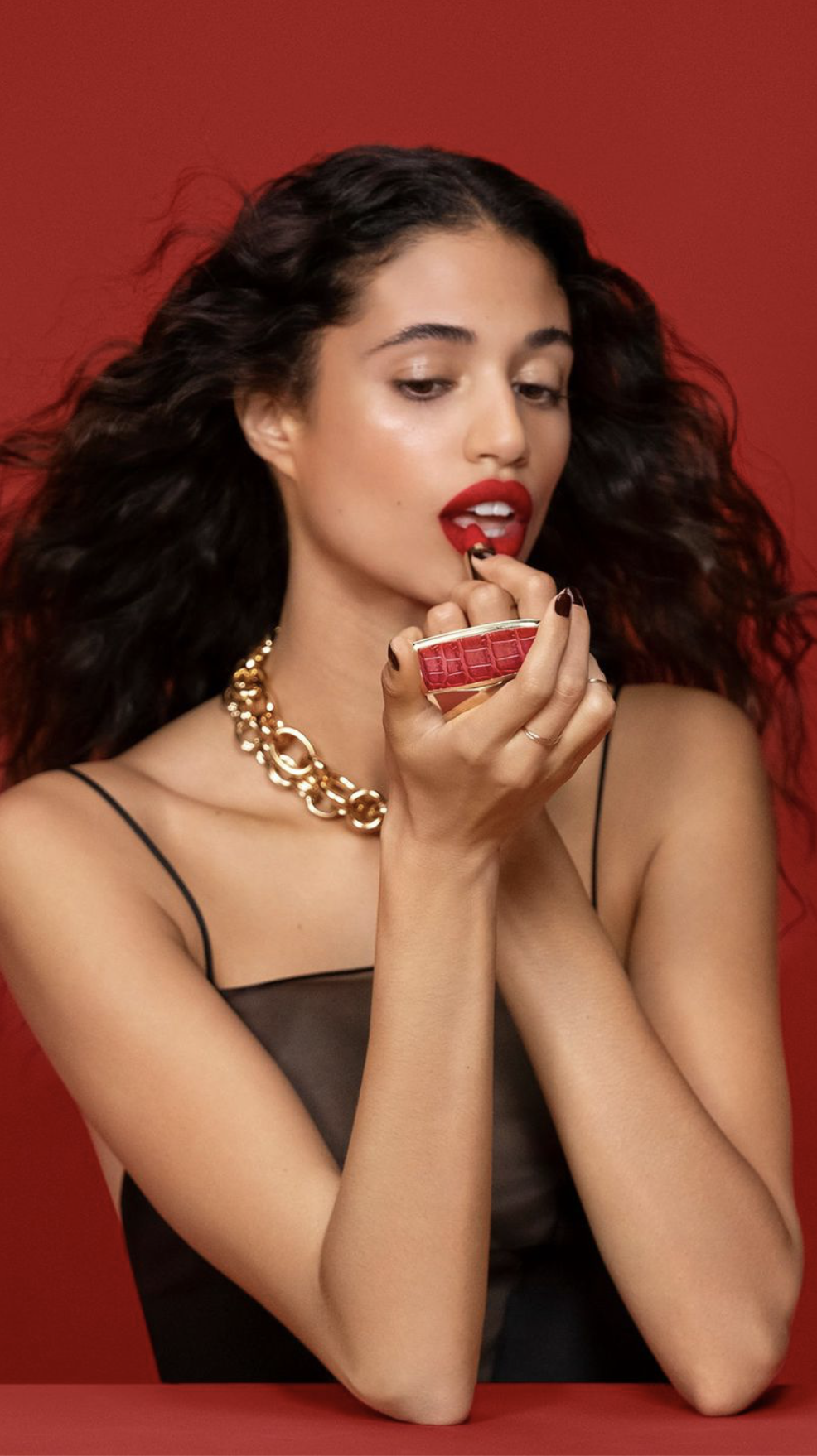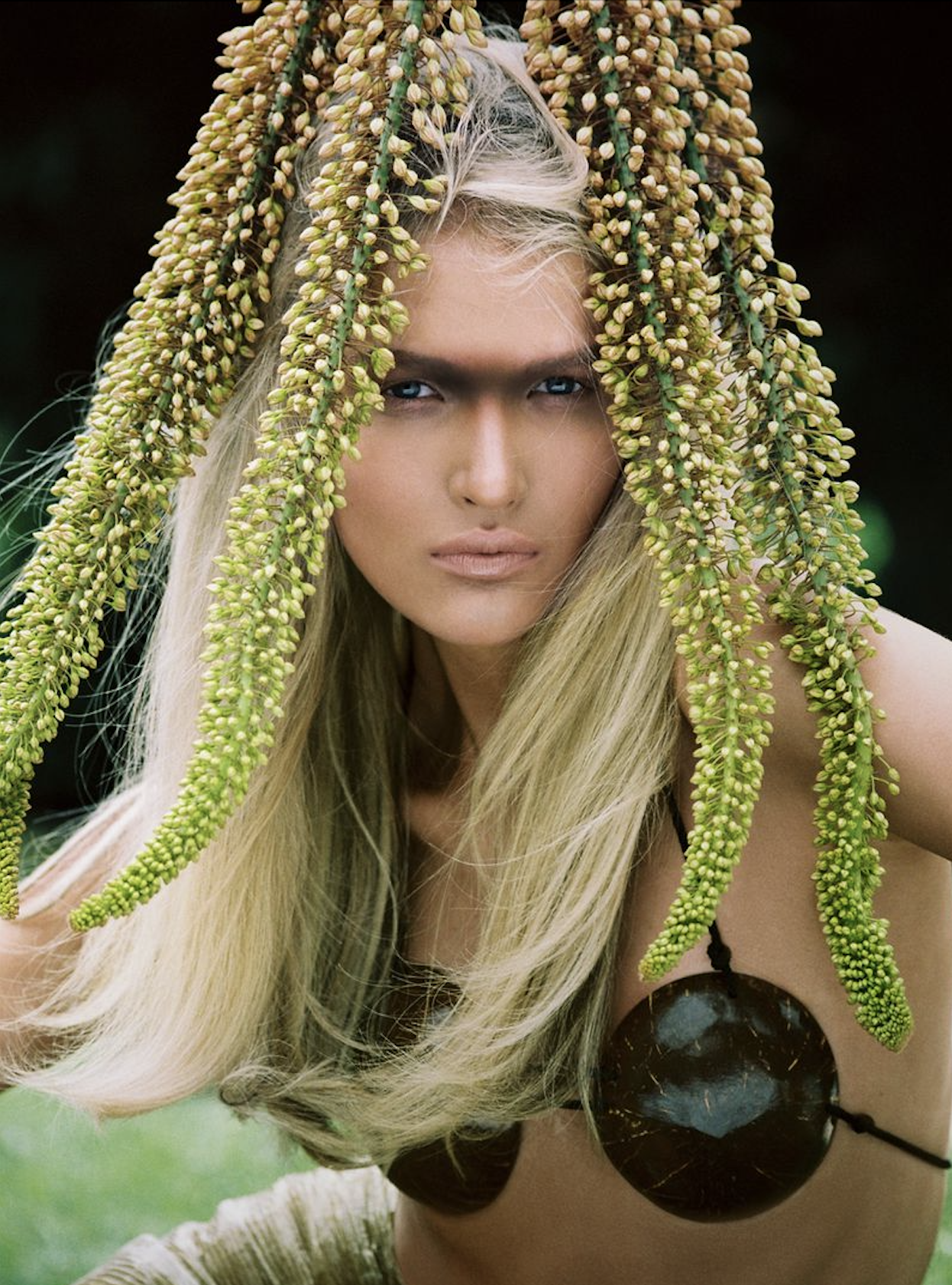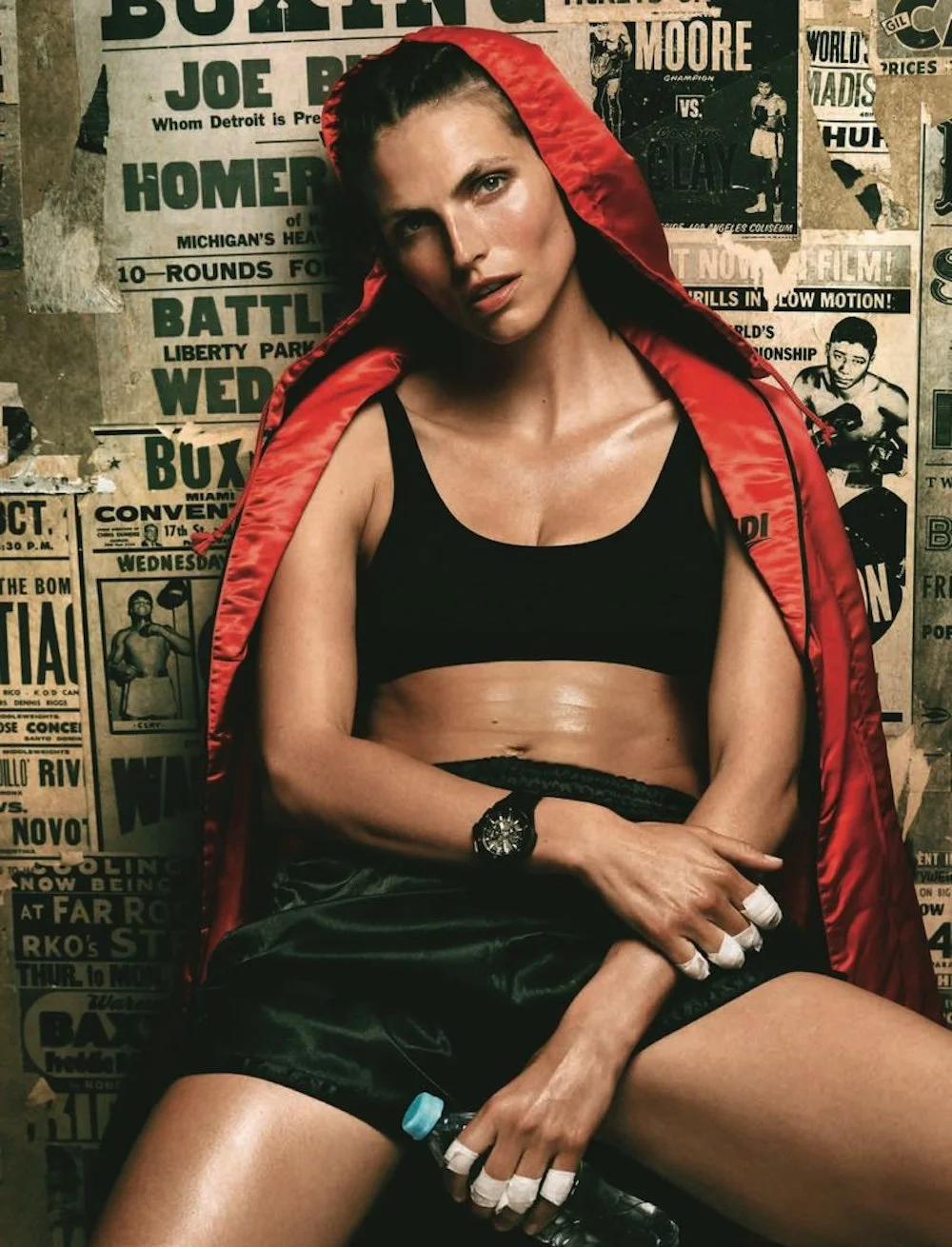Happy 100th Birthday Madame Brassiere
/
History of the Bra
Somehow I missed the birthday party. ME!! How could that happen! The bra turned 100 years old last week, and we’re all happy to know that the first bra was invented by a woman — Mary Phelps-Jacob of New York City. (We were always troublemakers!)
The bra debuted on the world stage when Phelps-Jacob bought an evening gown to wear to an upcoming party and was frustrated with her corset, which hardly belonged underneath her sheer dress. With the help of her maid, the 19-year-old socialite sewed together two pieces of fabric and some ribbon to make a less visible bra.
This was minimalist lingerie dressing at its finest, and to the best of our knowledge, no scandal ensued. Ms. Phelps-Jacob’s biography is feature-worthy. Without a doubt, any woman publishing DH Lawrence was scandal-worthy.
Unlike The Bra Lady featured in this Today Show video, we don’t believe that breasts are like ‘naughty children”. Has The Bra Lady been hanging out in the Vatican?
MSNBC Bra Turns 100 Video
100-Year-Old Birthdays is a time when we look back into history. What quotes and bra marketing campaigns come to mind when we think of the bra?
Favorite Bra Ads | Culture Moments
Wonderbra “Hello Boys”

This infamous Wonderbra ad sums up the proverbial battle over breasts and bras — and just who they’re for. With men totally fixated on breasts — seriously, it’s hormonal — this campaign officially declared that bras were a matter of interest to both sexes.
Here’s to You Mrs Robinson

Say “Mrs Robinson” and almost every English-speaking person has the vision. A seductive older woman seduces an eager but probably nervous young man. After big talk and even bigger sexual fantasies, the Benjamins of the world can’t unhook a black lace bra.
Life has changed somewhat for older women-younger men, since “The Graduate” splashed Anne Bancroft’s exquisite lace bra across the movie screen. But as recently as two weeks ago, Google Adsense kept personal G-rated ads for sugar daddies in its ad network, while banning cougars (that testosterone-infused terms for sexy older women) as “adult material” only and not suitable for young minds.
Madonna’s Sexual Blond Ambition
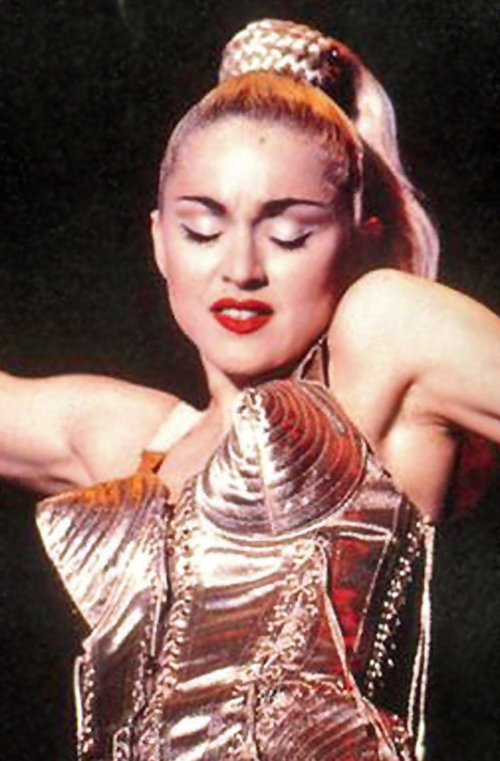
Another great bra icon is Madonna’s infamous “cone” bra, designed by Jean Paul Gaultier for her Blond Ambition Tour. At a time when Madonna was determined to challenge the relationships among guilt, sexuality and religion for women, Gaultier was the perfect designer with his love of androgyny in women’s clothes.
Most of the Gaultier designs were a Blond Ambition hit, but the gold conical corset bra made an aggressive statement about women’s emerging command of their sexuality. Gaultier said the corset was inspired by an exhibit he saw with his grandmother — perhaps yet another woman ahead of her time.
Maidenform’s Powerfully Liberating Sensual Fantasy Ads

From “the girls” to “boobies”, women have historically had sweet-nothing names for their breasts. In each of these ads or culture moments, breasts are powerful. The decades-long Maidenform ads didn’t teach women to become Miss America but to conquer the world with breasts and brains.
Of course there was the Loretta Young factor in these ads, but the women were worldly, with dreams and ambitions.
In each of these top-ranking ads that come up in Google searches for the most remembered ads, breasts are powerful and very much “owned” by the woman. Breasts are celebrated and not regarded as immodest body parts. Are they corrupting? That is man’s problem, not woman’s. Feminists knew they were more than the sum of their parts.
The Sports Bra Wins the Alpha Woman Wars

Brandi Chastain’s dramatic bra moment came in the 1999 FIFA Women’s World Cup final. After scoring the fifth penalty kick to give the United States the win over China at the Rose Bowl in Pasadena, Chastain celebrated by peeling off her t-shirt and falling to the ground, fists clenched, in her sports bra.
Chastain swore the moment wasn’t premeditated, but it represented a powerful statement not only for women in sports, but women’s physicality and strength.
Perhaps more than any other physical possession, women’s relationship with their bras has a political history.
For Mary Phelps-Jacob to abandon her corset for a ‘handkerchief bra’ — to wear under a sheer dress — was a political act 100 years ago. The “brassiere” was a thoroughly modern garment, compared to corsets. Bras were liberating until they became status-quo confining for second-wave feminists.
Sexual liberation prompted women to wonder why breasts couldn’t be free, too. Second-wave feminists didn’t see breasts as “naughty children” like today’s The Bra Lady, but as naturally gorgeous parts of their bodies. More importantly, many women sought to make a statement, sometimes considered an anti-social one, that they owned their sexuality and their breasts — not the morality police, conservatives or a religious patriarchy.
If men were titillated by women going braless, so be it. The focus was women’s power and confidence in their own physicality.
True Story About Bra Burning Feminists

Second-wave feminists had many labels hung on them. One of the biggest distortions of facts concerned the ‘bra-burning feminists’ of Atlantic City. In an act of liberating symbolism, the protest was organized by the New York Radical Women and their leader Robin Morgan, and bras weren’t burned.
A highlight of the protest came when Morgan and other demonstrators (described by the New York Times as “mostly middle-aged careerists and housewives”) tossed into a barrel what they called “instruments of torture,” which included brassieres, girdles, high-heeled shoes, and magazines such as Playboy and Cosmopolitan into a barrel dubbed the Freedom Trash Can.
Responding to the trash can ritual in Atlantic City, syndicated newspaper columnists Harriett Van Horne helped flame the fires of the rumor that “bras were demonstratively and flamboyantly set afire at the Atlantic City protest”.
“My feeling about the liberation ladies,” Van Horne wrote soon after the protest at Atlantic City, “is that they’ve been scarred by consorting with the wrong men. Men who do not understand the way to a woman’s heart, i.e., to make her feel utterly feminine, desirable and almost too delicate for this hard world. … No wonder she goes to Atlantic City and burns her bra.”
Basta, said Morgan and the New York Radical Women. Conservatives called women “braless, brainless broads.” With or without their bras on, the sisterhood knew better.




